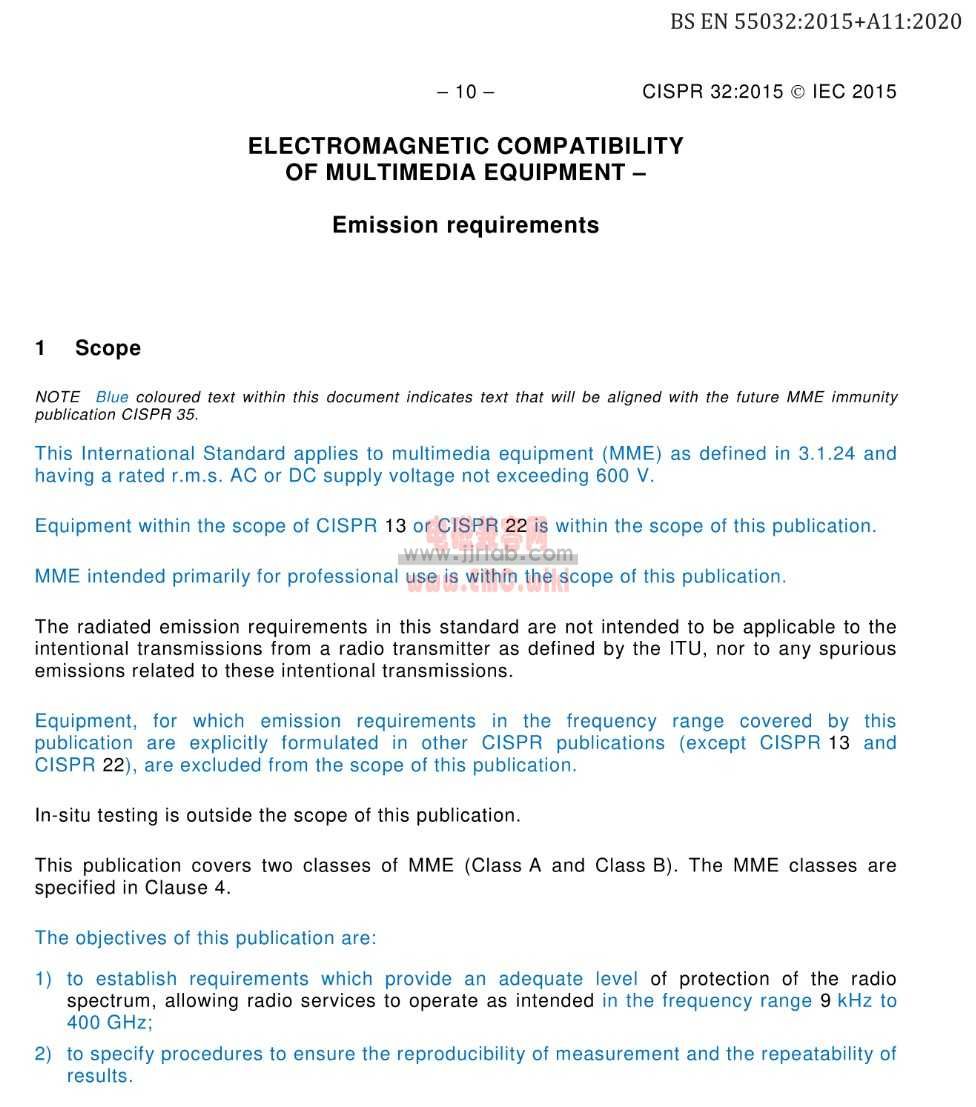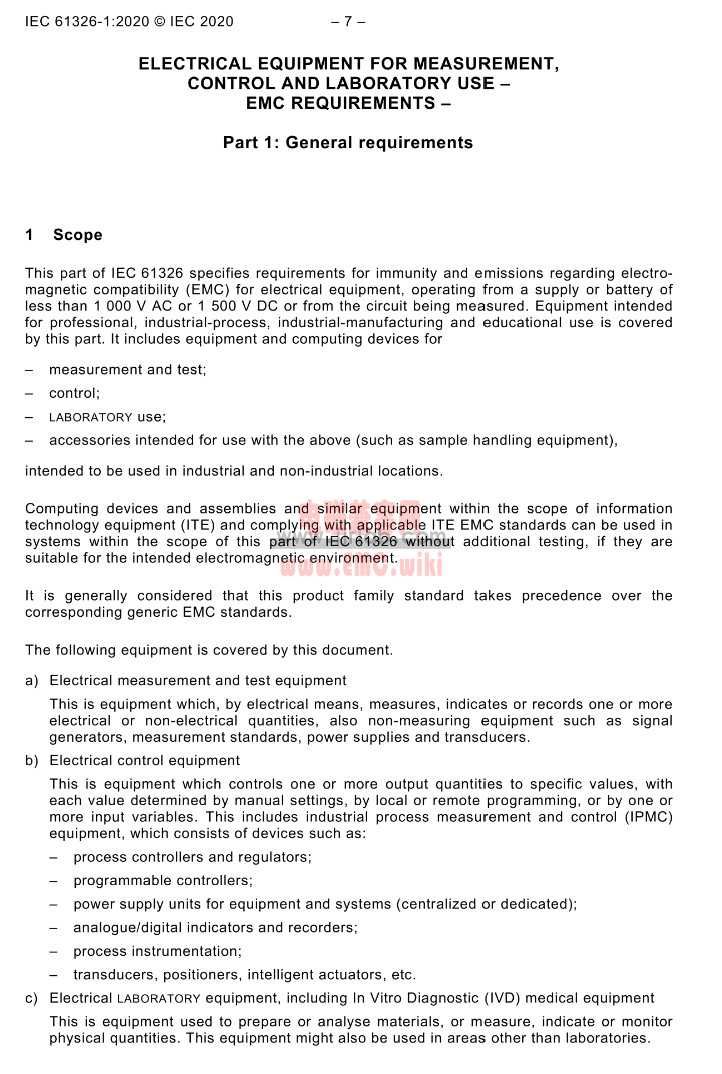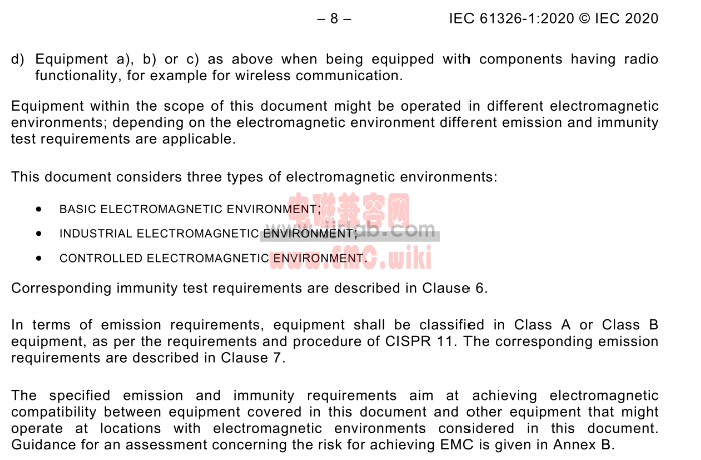
Differences between EN 55032 and IEC61326-1
MICrosoft YaHei", Tahoma, Helvetica, SimSun, sans-serif; background-color: rgb(255, 255, 255); vertical-align: inherit;">en 55032 (CISPR 32) and iec 61326-1 (EN IEC 61326-1) are both electromagnetic compatibility (EMC) standards that specify requirements for radiated and conducted disturbances of electronic equipment to ensure that the equipment can operate normally without interfering with other equipment. However, they have some differences, mainly about the scope of application and field of use of the standards.
Standard organization and scope of application:
- IEC 61326-1 : This is a standard published by the International Electrotechnical Commission (IEC) for electrical equipment for measurement, control, and laboratory use. It includes various types of equipment such as sensors, measuring devices, laboratory instruments, etc.
Scope and details requiRED:
- EN 55032 focuses more on radio frequency interference and radiation characteristics, mainly emphasizing the wireless communication and radiation characteristics of electronic equipment.
- IEC 61326-1 is more comprehensive and applies to all types of electrical equipment, including measurement and control equipment, as well as laboratory-related equipment. It considers all aspects of electromagnetic compatibility more comprehensively.
In summary, both EN 55032 and IEC 61326-1 are standards for managing the electromagnetic compatibility of electronic equipment, but they have slightly different scopes and focuses. Which standard to choose should be based on your specific application and type of equipment. If your equipment is sold into the European market, EN 55032 may be more relevant, as Europe is a global market, while IEC 61326-1 may apply to a wider range of equipment.
Email:hello@jjrlab.com
Write your message here and send it to us
 Energy Storage Battery Brazil Inmetro Certificatio
Energy Storage Battery Brazil Inmetro Certificatio
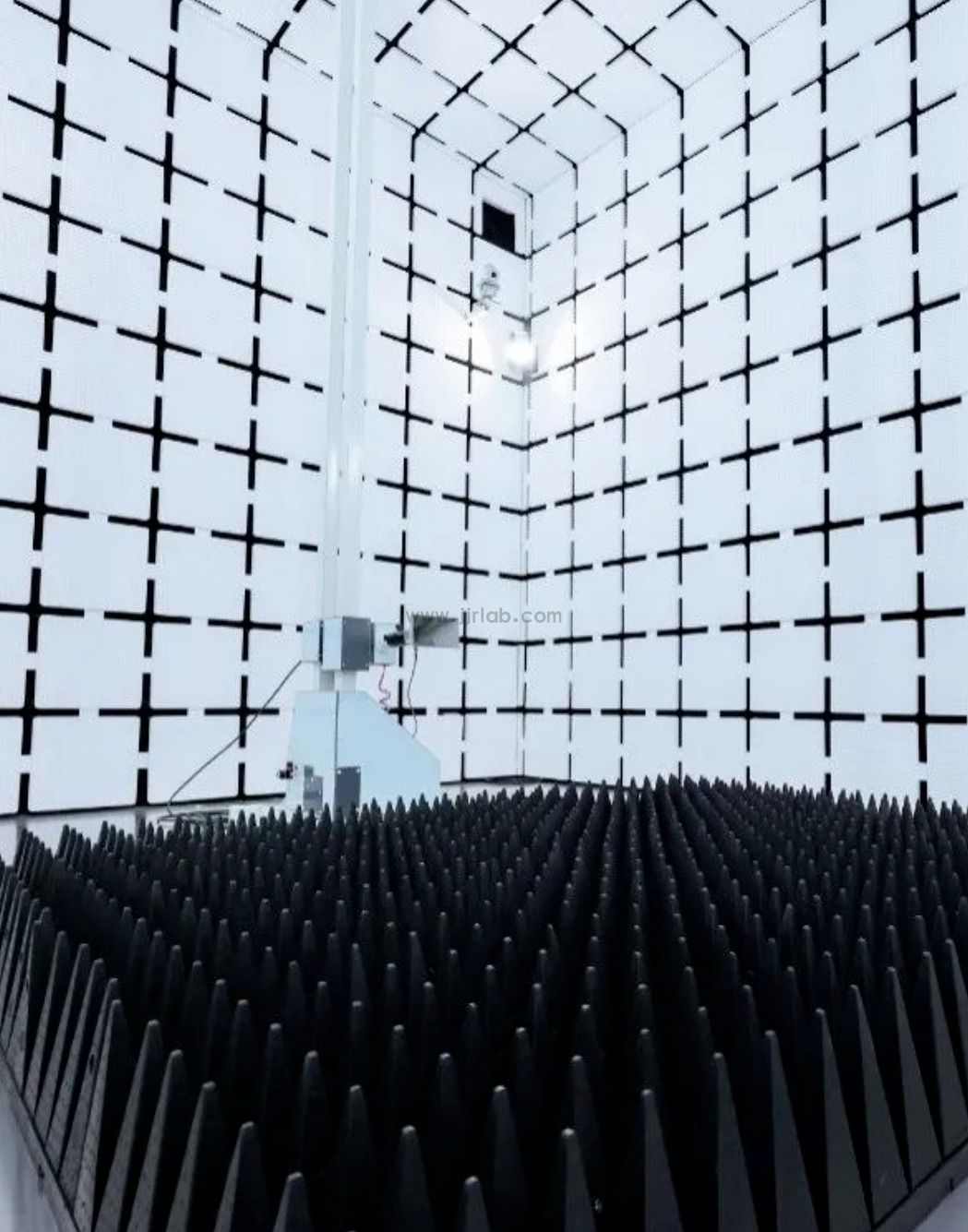 Southeast Asia Compliance Requirements for EV Char
Southeast Asia Compliance Requirements for EV Char
 Brazil ANATEL & INMETRO Certification Guide
Brazil ANATEL & INMETRO Certification Guide
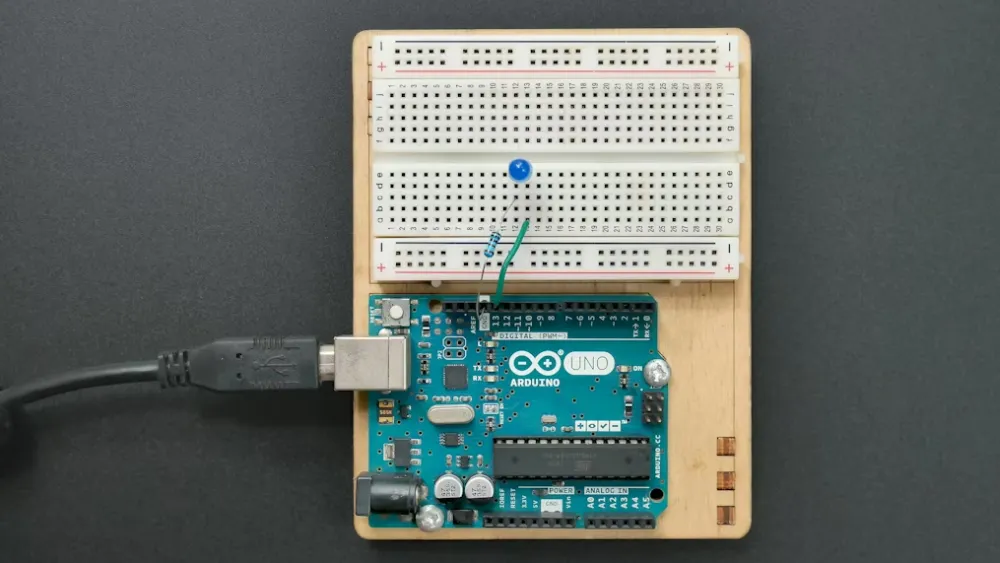 Automotive-Grade Active Crystal AEC-Q200 Certifica
Automotive-Grade Active Crystal AEC-Q200 Certifica
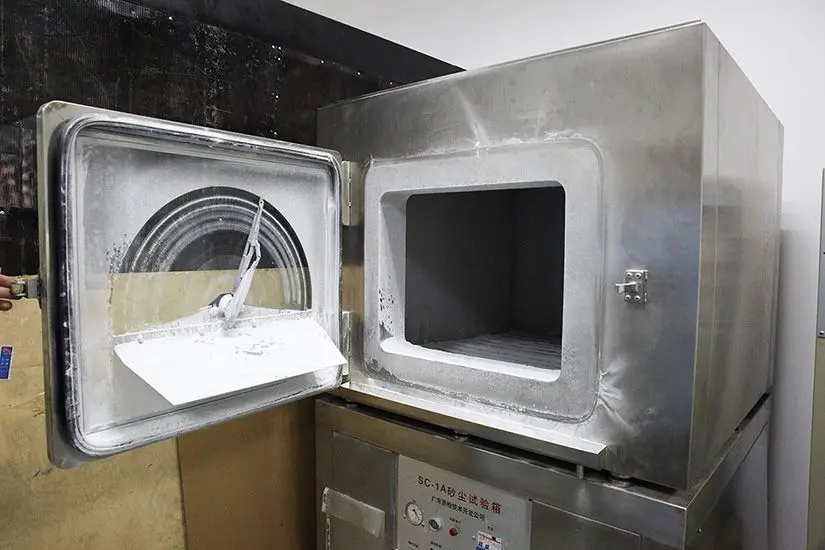 How to Comply with EU GPSR
How to Comply with EU GPSR
 U.S Cosmetics Require FDA Registration for Customs
U.S Cosmetics Require FDA Registration for Customs
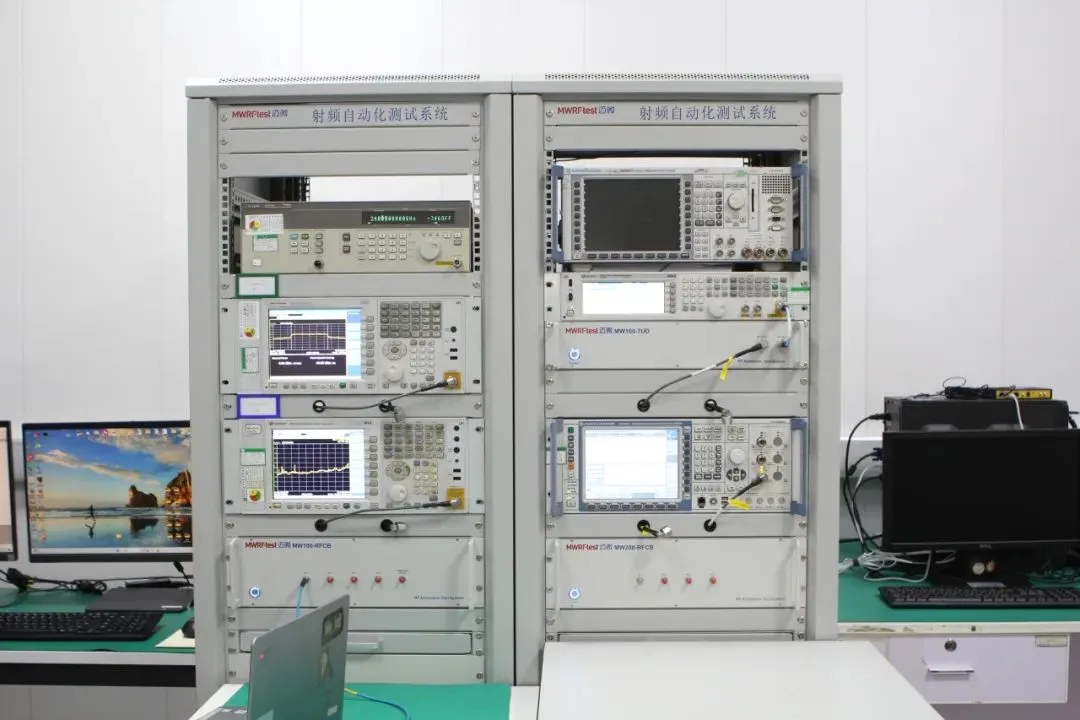 Interpretation of IEC/EN/AS 62477-1:2022 Standard
Interpretation of IEC/EN/AS 62477-1:2022 Standard
 What is Amazon TIC and How Can Sellers Achieve Com
What is Amazon TIC and How Can Sellers Achieve Com
Leave us a message
24-hour online customer service at any time to respond, so that you worry!





